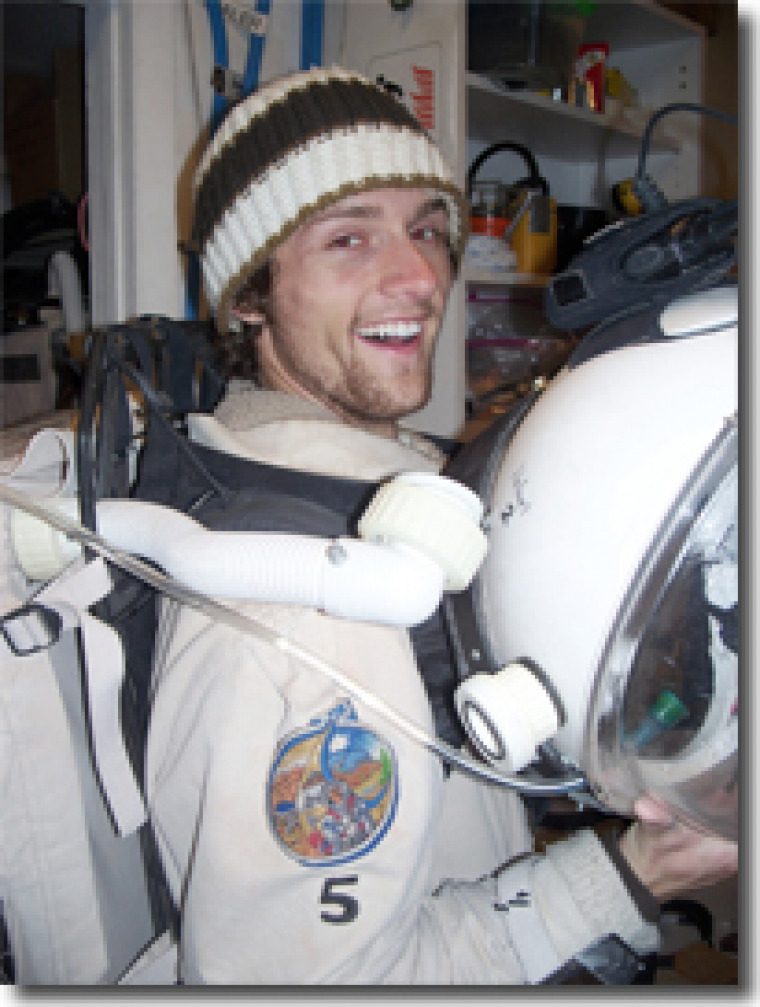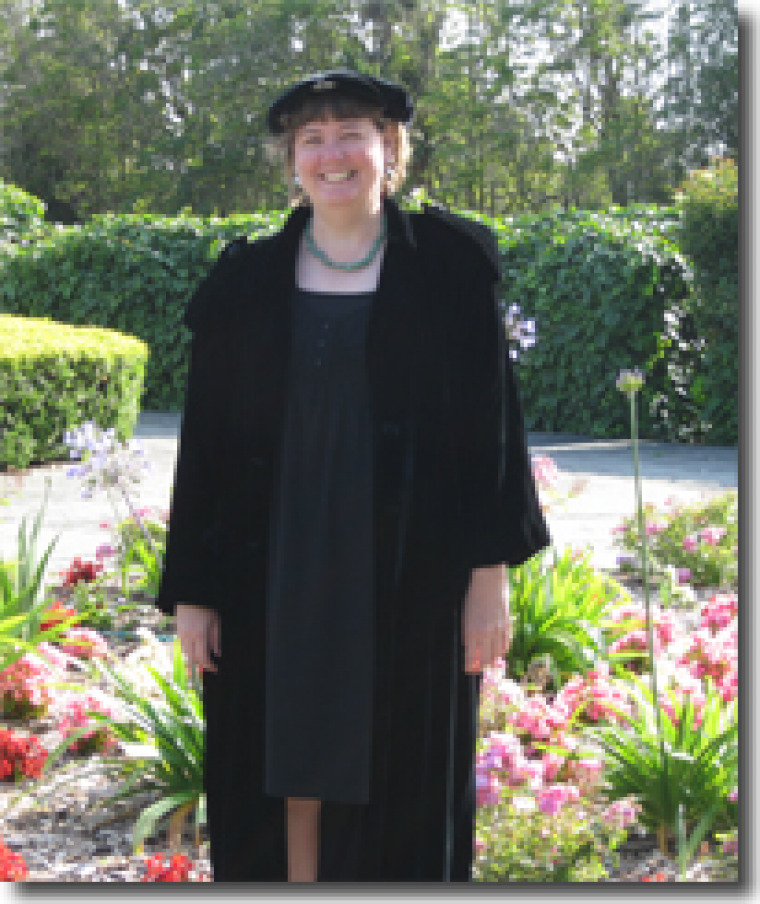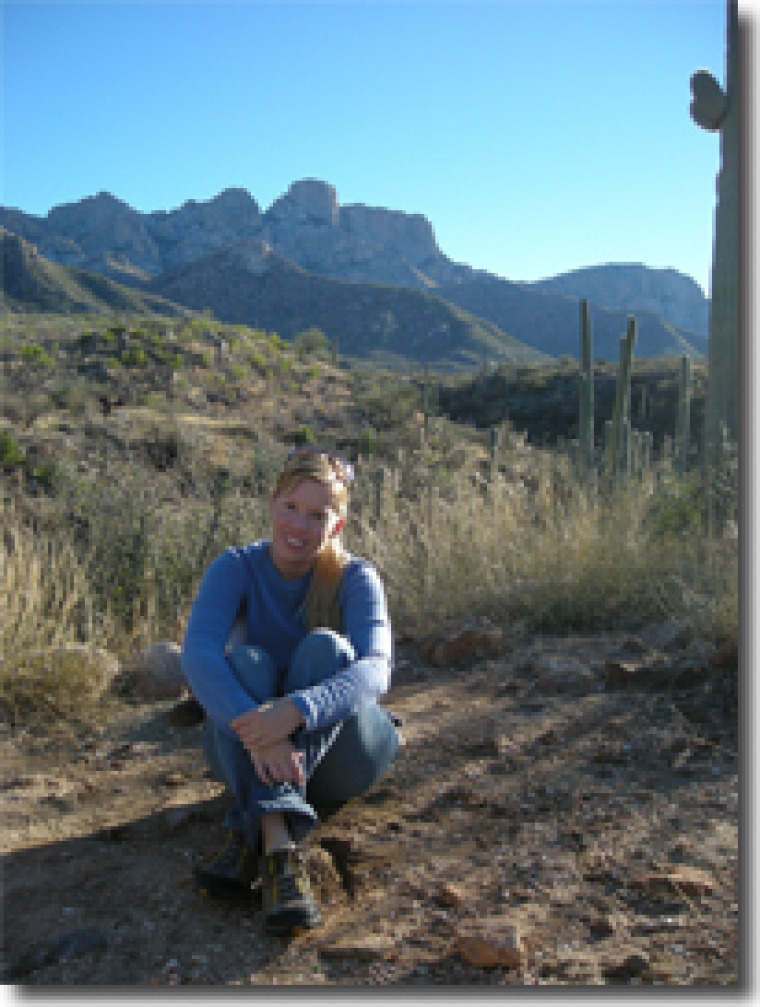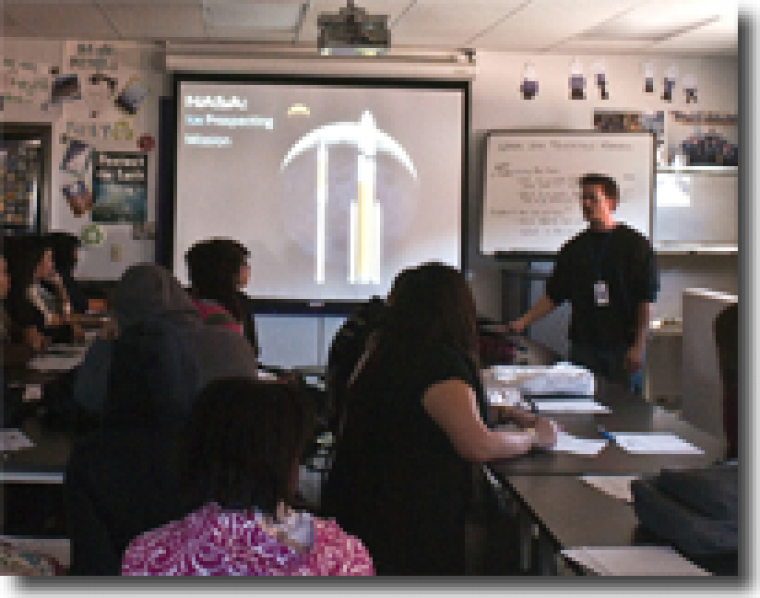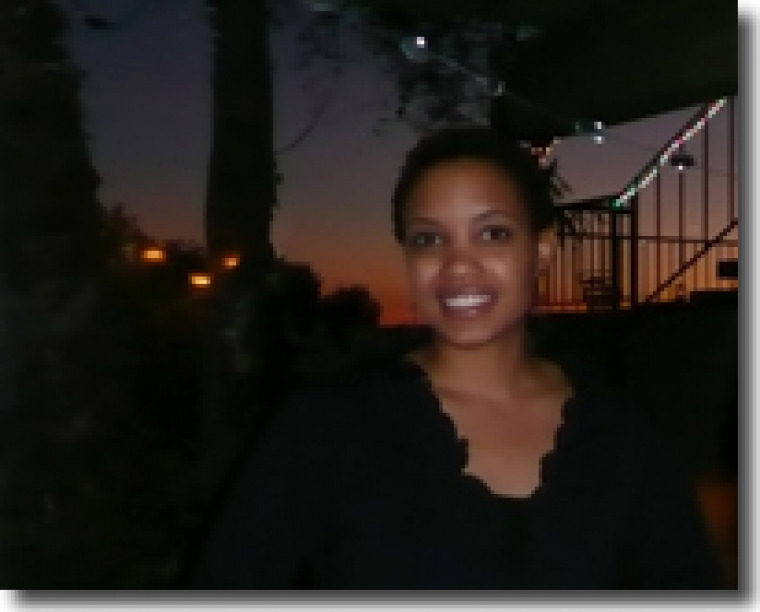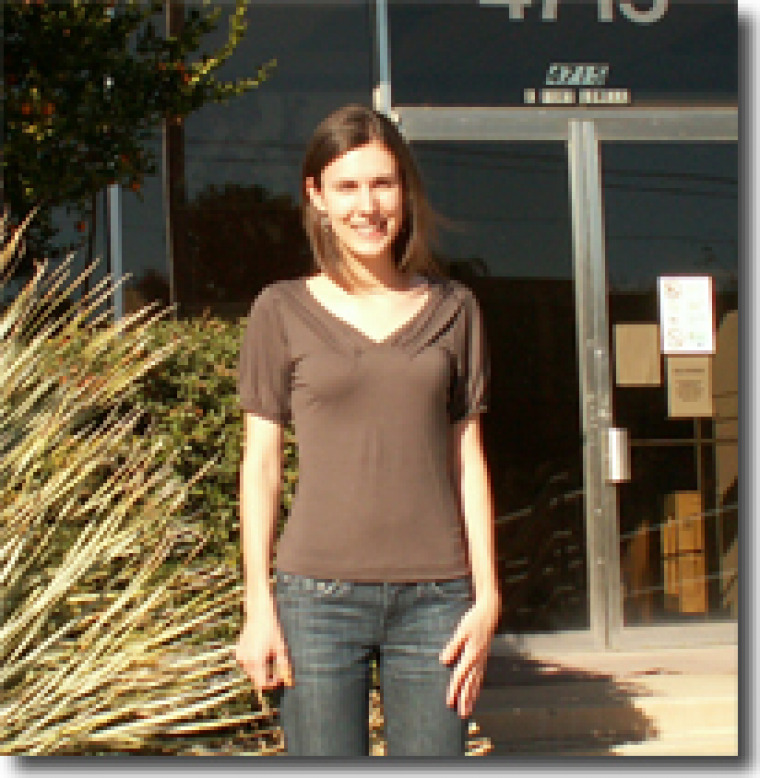Mike Borden
Mike Borden, co-sponsored by the College Of Optical Sciences
As a student with a background in space science and engineering, I have quickly learned how profound and inspiring practical experience can be. Whether the experience is through a class project, a summer internship, or Senior Design, a direct and hands on relationship with technology is a fantastic way to develop new personal and professional interests. This is my main objective through my involvement with the ASCEND! Student Satellite Program during the 2008/2009 school year. As a sponsor and mentor for a team of undergraduate engineering students at UA, my aim is to provide a balloon technology experience that is both practical as well as inspiring.
The ASCEND! program is ongoing and is both funded and supported by the Arizona Space Grant Consortium. The main objective of this program is for student teams to design, build, and fly their own weather balloon payloads. The resulting experience is one that simulates a full cycle space mission. As part of the program, the student team will be given the opportunity to launch a payload that they design and build. In the fall semester, a proof of concept payload will be launched which will pave the way for the main payload, which will be launched during the spring semester. Through these two launches, the student team will be given valuable feedback and experience that not only promotes balloon technology understanding, but also aids in a student’s ability to effectively handle a major design problem.
Significant progress has been made throughout the first semester of the ASCEND! program. A team of 6 undergraduate students has been assembled through the UA Engineering Department’s Senior Capstone Course. The team is composed of students from various engineering disciplines including mechanical, electrical, and optical science. Throughout the first semester, the team decided upon a payload objective, designed and built a payload that would meet that objective, and launched it in mid-November. The objective of this payload was to acquire a panoramic image of the Earth from an altitude of 100,000 ft. This objective was realized using 4 digital cameras appropriately spaced within the payload. The resulting images have been processed and a panoramic image is currently being assembled.
The science payload for the coming semester is the next major challenge to be addressed. The payload objective that has been determined is to design and build a balloon payload capable of solar spectroscopy. With the experience of a balloon launch under our belt, the team has high expectations for success in the coming semester.
Fall 2009 Update
With a full year of ASCEND! program experience under my belt, there have been a few significant changes to the project model here at UA. The most significant change is that the course is now being offered as a Directed Research project through the Optical Science Department. This has changed from last year's model, which offered the project through the UA Engineering Senior Capstone Course. This year's team, which consists of 3 Optical Science students and 1 Astronomy student, will be pursuing similar payload objectives for this year's project.


